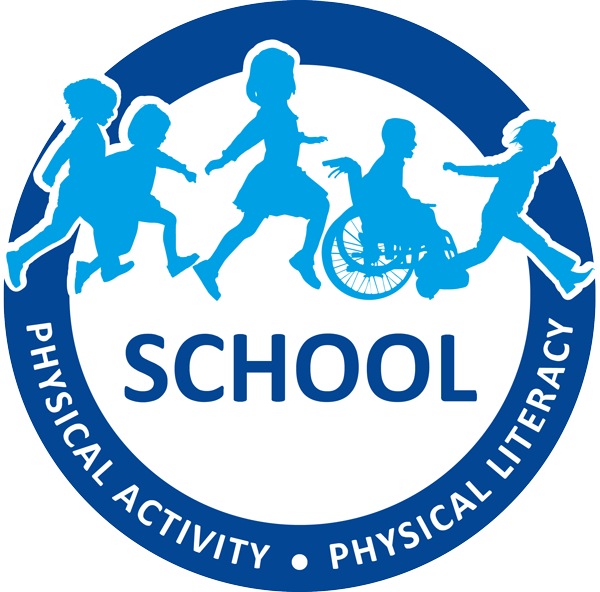Physical literacy is a competency in the B.C. Physical and Health Education (PHE) Curriculum. Students are expected to develop and demonstrate a wide variety of fundamental movement skills in various settings, using proper techniques.
But how can we as educators assess those fundamental movement skills to support our students’ development? The answer: Physical literacy assessment.
Why Is Physical Literacy Assessment Important?
By observing how your students move, you can plan your physical literacy activities and support your students’ learning over time. Assessment highlights gaps, directs instruction and builds a case long-term for physical literacy development.
Among other things, assessment of physical literacy gives you an idea of the broader picture of your students’ movement capabilities. It shows you where they are and where they need to go to be confident, competent and motivated to be active for life. In turn, this contributes to better self-esteem, self-awareness, self-regulation and social connectedness.
How Do We Assess Physical Literacy?
PLAYbasic for Educators is a resource available through the School Physical Activity and Physical Literacy project that allows educators to assess students based on a: run there and back, ball kick, overhand throw, hop and walk backward heel-to-toe. While it is effective, it is not comprehensive in assessing other fundamental movement skills, components of physical literacy, or fitness levels.
It is, however, a quick and easy tool that requires minimal space and assesses your students’ competence, confidence and comprehension of those five fundamental movement skills mentioned earlier.
To support capacity building around PLAYbasic for Educators and assessment of students, the School Physical Activity and Physical Literacy project offers a Physical Literacy Assessment workshop and eLearning course available for free for B.C. K-7 educators.

